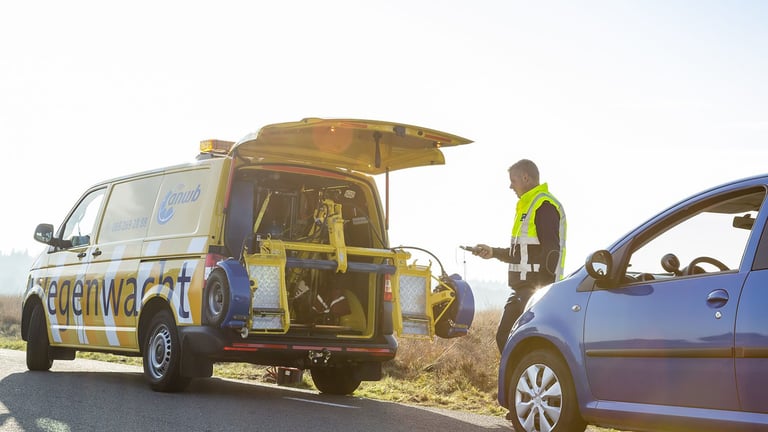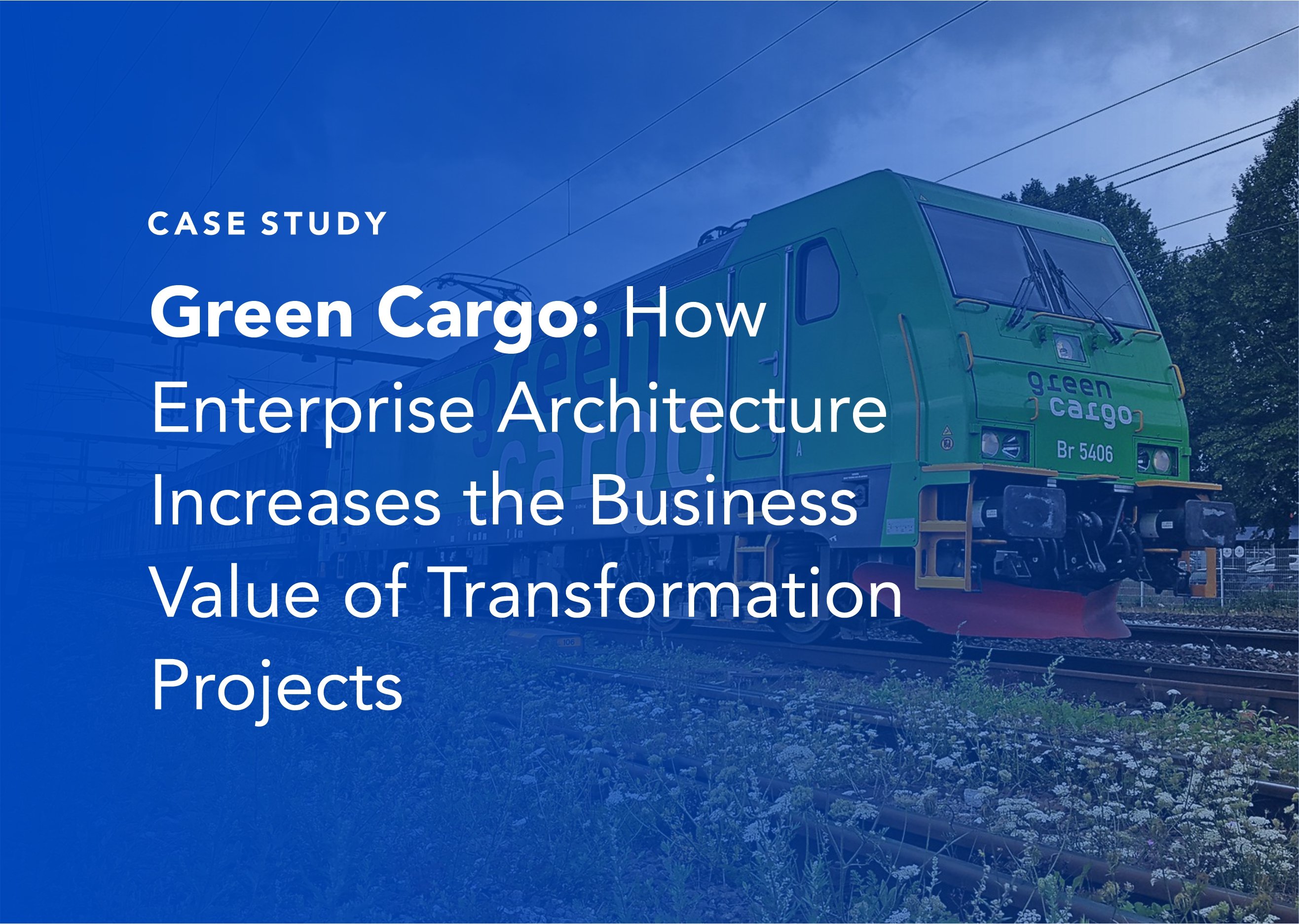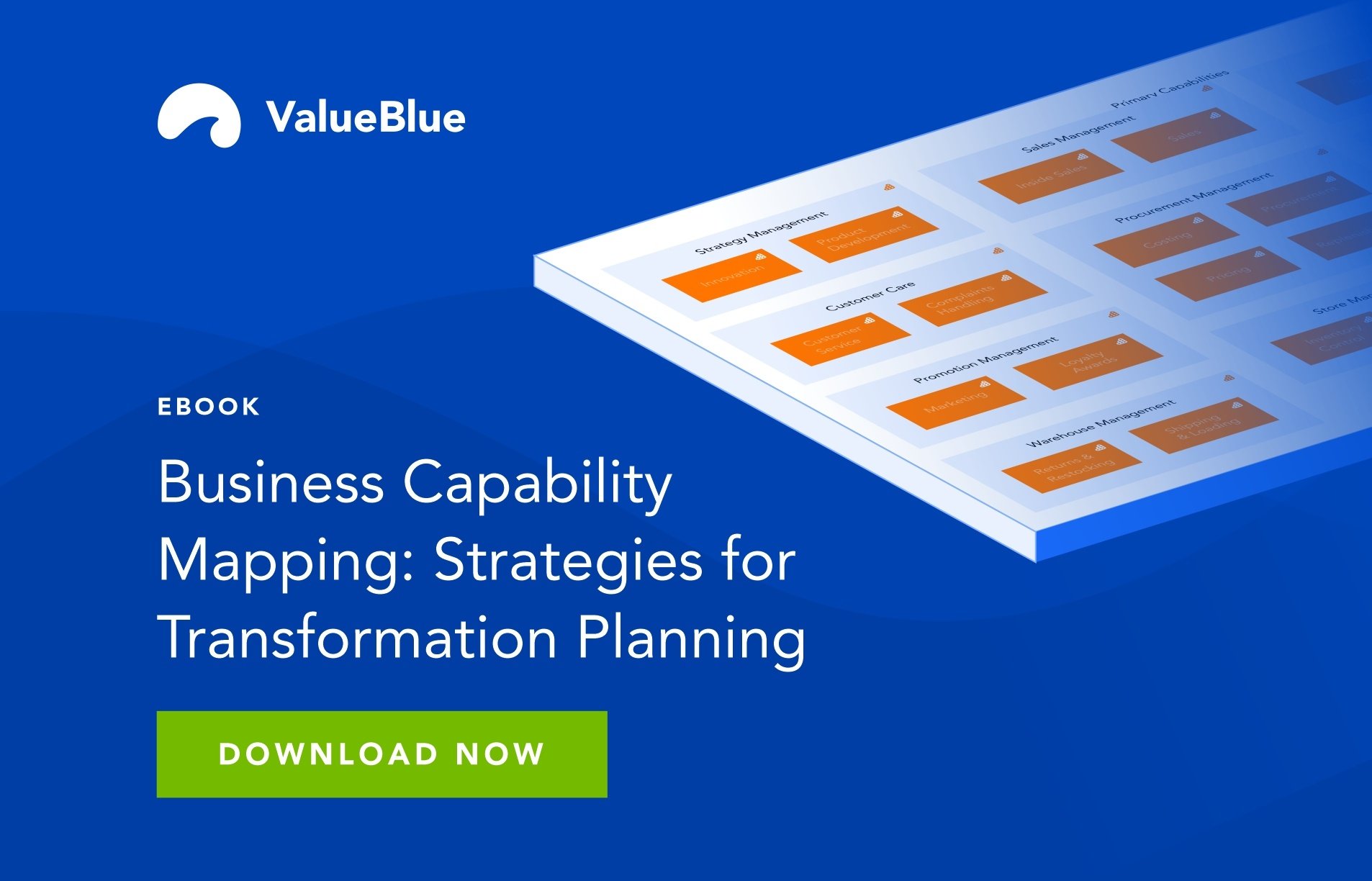ANWB

Who is ANWB?
ANWB, the Royal Dutch Touring Club, is the largest association in the Netherlands with 4.5 million members. The organization has been using BlueDolphin since mid-2018 to map out its process and IT landscapes. Edwin de Boer, Senior Application Specialist at ANWB, documented everything he did, saw, and learned during this process. He shared this valuable information with ValueBlue. And we’re making good use of all of Edwin’s tips to improve BlueDolphin. Edwin talks about his journey at ANWB and its plans for the future.
The challenge
Edwin: "I started working in ICT in 1980. Five years later, I came in contact with ANWB. They hired me for the first 7 years as an external ICT employee and I’ve been directly employed there since 1992. We’re a large organization, employing 4,000 people, 1,800 of whom work at our head office. There are nine architects working at ANWB. We have a lot of software in-house and many systems that interact with each other. Our Enterprise Architect Chantal Kools wondered in mid-2018: “What do we have in-house and what are we actually doing with it?” There was no overview of the software and systems. No one had a complete list. Most of it was in people’s heads.
The goal
"So we had to get that overview and we needed a tool to do it. We held a selection process. And because we were mainly looking for a pragmatic and accessible platform, BlueDolphin came out on top. Chantal was familiar with BlueDolphin from her previous job and she liked the product. Of course, there are always some improvements possible – they’re on your roadmap – but the great advantage of BlueDolphin over other tools is its accessibility, perhaps the most important element for winning the support of everyone in the organization."
"The great advantage of BlueDolphin over other tools is its accessibility, perhaps the most important element for winning the support of everyone in the organization."
Edwin de Boer, Senior Application Specialist at ANWB
Why BlueDolphin by ValueBlue?
Engagement, that’s what it’s all about!
"14 years ago, we had the largest architecture tool in existence, a French tool called MEGA. I was its administrator at the time. We used it throughout ANWB. To give you an idea, it contained 70,000 objects. A manager who regarded architecture as important left ANWB and everybody suddenly stopped using MEGA. It’s never been used since then. So, no engagement at all – even though that’s what it’s all about.
"Over the years I’ve completed three CMDB projects, all with varying degrees of success. One major problem in ICT involves keeping records. People are willing to create systems, adjust programs and make all sorts of great things, but keeping records of what they’ve done is not something ICT people like to do, to put it mildly. This means that people aren’t inclined to keep the data in any tool up to date.
"So, the moment we ask them to use BlueDolphin to record who is the system owner of this or that application or what the interactions are between two systems, people will look for reasons not to do it. They’ll say that the data isn’t correct or that it’s a terrible system and then they’ll think they’re off the hook. Okay, I’m exaggerating a bit, but that’s what it comes down to."
BlueDolphin will last longer than my career
"Therefore, we did it differently this time. We entered a basic set of data in BlueDolphin. That basic set is about 70% up to date. Now we’ve reached the stage where we’re ready to show people how they can benefit from using it in the hope that they’ll see how much easier it is and will want to keep doing it. From the first moment on we created insights and dashboards for our management and colleagues, clearly showing the added value of BlueDolphin. We’re cultivating engagement, as it were, so that more people in the organization will be motivated to keep the information up to date. This pragmatic approach ensures that people don’t see it as keeping records but as working on something that benefits them.
"One of Chantal’s goals is to make sure that BlueDolphin lasts longer than her and my careers at ANWB. In other words, that it becomes so important for our people and contributes so much to the architecture that we can’t live without it. There are now 100 BlueDolphin users, which is quite a large number.
"We currently have 880 applications in BlueDolphin. Nobody in the organization knows what all the applications do and where they’re used; that’s just not possible. We’ve purchased some of these applications five times without people knowing it. But now we’re making everything more transparent. Our aim is to make our application landscape simpler and more flexible over the next 10 years. We also want to have everything in the Cloud by 2025. But you need a clear insight to do this and configure it properly."
Centralizing means saving
ANWB is a broadly oriented organization, with a wide variety of departments with different interests. It’s actually made up of seven different subsidiaries under one name. To prevent each company from doing its own thing, we’re now going to work with architecture in the same way at each company and record the same information and link it together. In the past, the subsidiaries were silos – individual entities and independently operating clubs inside one organization. Over the past ten years, we’ve been working to make things much more overarching regarding generic IT. The reason we want to centralize is simply to save costs.
To take an example from the past (the late 1980s), in the signposting department. We had our own network, with our own servers and our own network controllers and things like that. The other departments also had their own network. As a result, two networks functioned side by side, each with its own cabling and so on. That, of course, cost piles of money. In the end, we all switched to the same network. The same applies to what we’re doing now with generic IT. We all need to use the same software, hardware, applications, and processes.
Standardization delivers huge savings. It also makes you less diverse in what you have to offer the customer, but at the same time, it makes you more resilient and flexible, making it much easier and faster to anticipate changes. If you formalize 80% of your work, you have 20% time to spare and to allow your own ideas and creativity to flourish. This keeps your work fun. You automate that 80% routine, so that it runs as efficiently as possible, leaving you with enough space to be creative. What I’m actually saying is that the more you standardize and then automate, the more time you have left to keep your work creative and fun.
Centralizing means saving
"ANWB is a broadly oriented organization, with a wide variety of departments with different interests. It’s actually made up of seven different subsidiaries under one name. To prevent each company from doing its own thing, we’re now going to work with architecture in the same way at each company and record the same information and link it together. In the past, the subsidiaries were silos – individual entities and independently operating clubs inside one organization. Over the past 10 years, we’ve been working to make things much more overarching regarding generic IT. The reason we want to centralize is simply to save costs.
"To take an example from the past (the late 1980s), in the signposting department. We had our network, with our own servers and network controllers and things like that. The other departments also had their own network. As a result, two networks functioned side by side, each with its cabling and so on. That, of course, cost piles of money. In the end, we all switched to the same network. The same applies to what we’re doing now with generic IT. We all need to use the same software, hardware, applications, and processes.
"Standardization delivers huge savings. It also makes you less diverse in what you have to offer the customer, but at the same time, it makes you more resilient and flexible, making it much easier and faster to anticipate changes. If you formalize 80% of your work, you have 20% time to spare and to allow your ideas and creativity to flourish. This keeps your work fun. You automate that 80% routine, so that it runs as efficiently as possible, leaving you with enough space to be creative. What I’m saying is that the more you standardize and then automate, the more time you have left to keep your work creative and fun."
The manual
"I immersed myself in BlueDolphin from the start. It has a huge number of benefits. I’ve gained a lot of knowledge and experience in the meantime and, unlike most IT professionals, when I know or learn something, I now take 15 minutes to document it. For example, during my learning process with BlueDolphin, I made a Wiki that includes visualizations: “How it works and based on which topics”. Especially because I know that I’ll leave here one day and the people who are still here will be able to take it over because they have the right documentation.
"I had lots of fun with your support department. I asked them a lot of questions at the start and received excellent, useful answers. I sent this Wiki to you when I was finished. And I hear that ValueBlue is now using it. Your support department is very well put together, my compliments for that. I also see that when people ask questions, they’re politely referred to pages where specific issues are explained in detail. Very handy! And when ValueBlue introduces an update, they email you a piece of documentation with an explanation. That’s really great and it makes your product much more user-friendly!"
.png)

